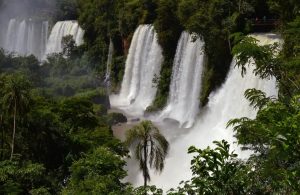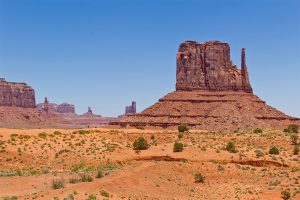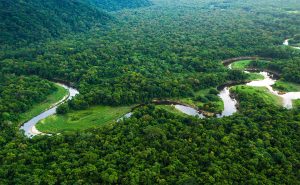
23 interesting facts about Volcanic ash clouds
- 👁️ 1155
Volcanic ash clouds are one of nature’s most powerful and awe-inspiring phenomena, arising from the explosive eruption of volcanoes. These clouds not only create dramatic scenes in the sky but also have significant impacts on the environment, air travel, and human health. Composed of tiny particles of rock, mineral, and volcanic glass, ash clouds can travel thousands of kilometers from their source, affecting areas far removed from the volcano itself. Understanding volcanic ash clouds is crucial for preparing for and mitigating their effects on society and the natural world. Here are 23 interesting and informative facts about volcanic ash clouds.
- Volcanic ash particles are very small, often less than 2 millimeters in diameter.
- Ash clouds can rise to the stratosphere, reaching altitudes of over 10 kilometers above the Earth’s surface.
- The composition of volcanic ash varies depending on the type of volcano and the nature of the eruption.
- Volcanic ash is abrasive and can cause significant damage to aircraft engines and other mechanical equipment.
- Ash clouds can lead to “volcanic winters,” temporary cooling periods caused by large amounts of ash and sulfur dioxide reflecting sunlight away from the Earth.
- One of the most notable volcanic ash events was the eruption of Mount Tambora in 1815, which led to the “Year Without a Summer” in 1816.
- Volcanic ash is very light and can remain in the atmosphere for weeks or even years after an eruption.
- Inhaling volcanic ash can be harmful to human health, causing respiratory problems and other issues.
- The fine particles in volcanic ash can contaminate water supplies and damage agricultural crops.
- Volcanic ash can create stunning sunsets, as the particles scatter sunlight and produce vibrant reds and oranges in the sky.
- The ash produced by volcanic eruptions is a natural form of glass called “volcanic glass.”
- Ash clouds can disrupt air travel, as seen during the 2010 eruption of Eyjafjallajökull in Iceland, which grounded thousands of flights across Europe.
- Volcanic ash is a fertile soil additive, rich in minerals that can enhance plant growth over time.
- Lightning often occurs within volcanic ash clouds, a phenomenon known as “dirty thunderstorms.”
- The weight of accumulated ash can cause buildings to collapse, especially if it becomes wet and heavy.
- Volcanic ash can affect climate patterns, influencing temperature and precipitation levels around the globe.
- Animals can also be affected by volcanic ash, experiencing health issues or habitat destruction.
- Ashfall can lead to the closure of schools, businesses, and public services due to health risks and infrastructure damage.
- Volcanic ash can disrupt the operations of satellite communications and navigation systems.
- The monitoring of ash clouds is an important part of volcanic eruption response strategies.
- The cleaning up of volcanic ash after an eruption can be a massive and costly effort.
- Scientists use satellite imagery and ground sensors to track the movement and dispersion of volcanic ash clouds.
- Volcanic ash has been used in construction materials, such as concrete and bricks, due to its strength and durability.
Volcanic ash clouds are a fascinating subject of study that underscores the dynamic nature of our planet. While they can cause widespread disruption and pose significant challenges to human and environmental health, they also contribute to the Earth’s geological and biological processes. Understanding these impacts is essential for mitigating risks and harnessing the potential benefits of volcanic ash. Despite their potential dangers, volcanic ash clouds remind us of the powerful forces that shape our world and the importance of respecting and studying our natural environment.











